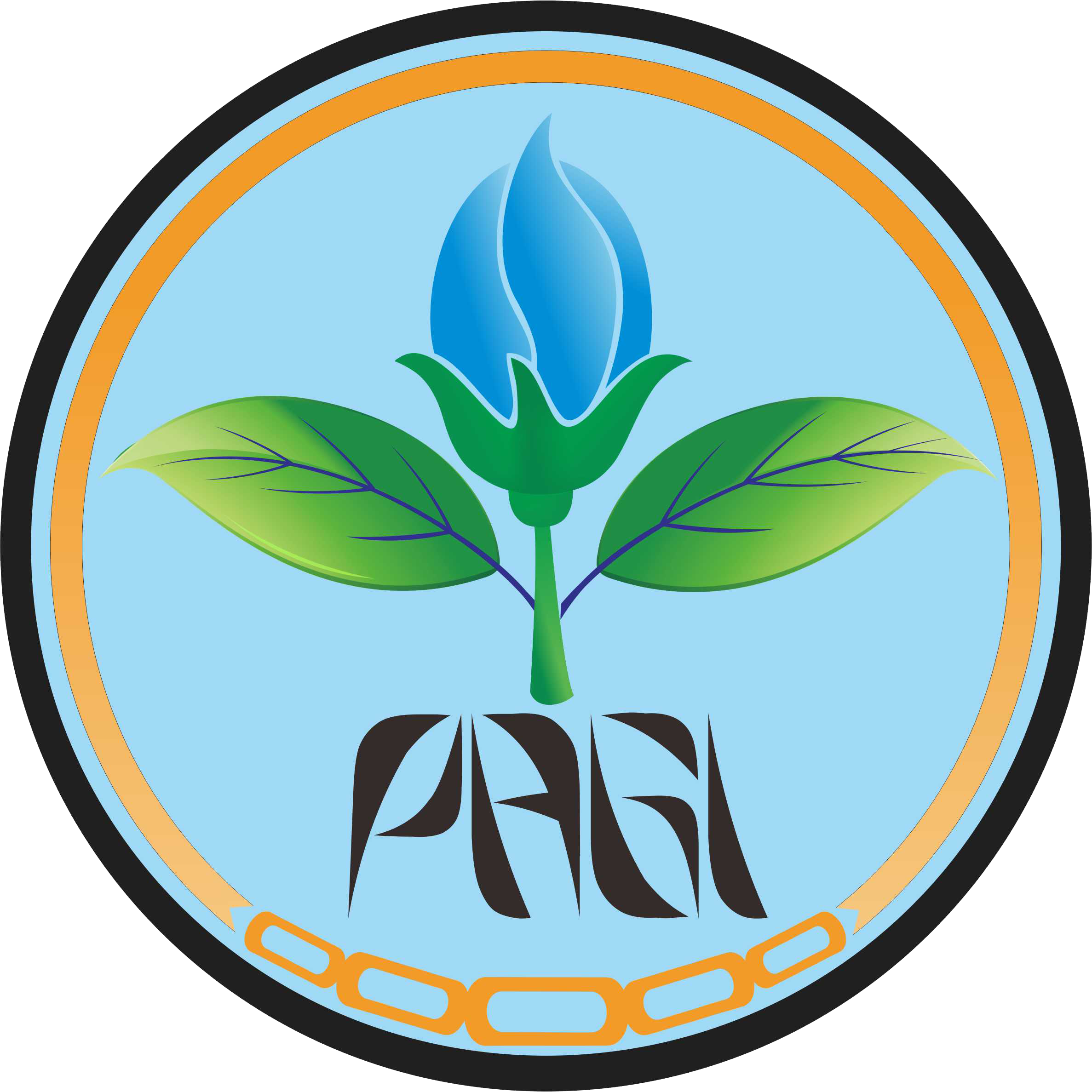Residual Effect of Rice Husk Biochar on Growth and Yield of Aerobic Rice
Abstract
Keywords
Full Text:
PDF(EN)References
Aguilera J, Motavalli PP, Gonzales MA, Valdivia C. 2012. Initial and residual effects of organic and inorganic amendments on soil properties in a potato-based cropping system in the Bolivian Andean Highlands. Am J Exp Agric. 2(4):641–666. https://doi.org/10.9734/AJEA/2012/2006.
[BMKG Indonesia] Board of Meteorologic, Climatologic, dan Geophysic. 2018. Climatic Condition in Bandung. Jakarta (ID): BMKG Indonesia.
Chen J, Kim H, Yoo G. 2015. Effects of biochar addition on CO2 and N2O emissions following fertilizer application to a cultivated grassland soil. Lehman RM, editor. PLoS One. 10(5):e0126841. https://doi.org/10.1371/journal.pone.0126841.
Clough T, Condron L, Kammann C, Müller C. 2013. A review of biochar and soil nitrogen dynamics. Agronomy. 3(2):275–293. https://doi.org/10.3390/agronomy3020275.
Dempster DN, Jones DL, Murphy D V. 2012. Clay and biochar amendments decreased inorganic but not dissolved organic nitrogen leaching in soil. Soil Res. 50(3):216–221. https://doi.org/10.1071/SR11316.
Fungo B, Lehmann J, Kalbitz K, Thionģo M, Tenywa M, Okeyo I, Neufeldt H. 2019. Ammonia and nitrous oxide emissions from a field Ultisol amended with tithonia green manure, urea, and biochar. Biol Fertil Soils. 55(2):135–148. https://doi.org/10.1007/s00374-018-01338-3.
Gaspersz V. 1995. Teknik analisis dalam penelitian percobaan. 1st ed. Bandung (ID): Tarsito.
Hartatik W, Widowati L. 2005. Pupuk kandang. In: Simanungkalit RDM, Suriadikarta DA, Saraswati R, Setyorini D, Hartatik Wiwik, editors. Pupuk organik dan pupuk hayati. Bogor (ID): Balai Besar Penelitian dan Pengembangan Sumberdaya Lahan Pertanian. p. 59–82.
Jeffery S, Verheijen FGA, van der Velde M, Bastos AC. 2011. A quantitative review of the effects of biochar application to soils on crop productivity using meta-analysis. Agric Ecosyst Environ. 144(1):175–187. https://doi.org/10.1016/j.agee.2011.08.015.
Kameyama K, Miyamoto T, Shiono T, Shinogi Y. 2012. Influence of Sugarcane Bagasse-derived Biochar Application on Nitrate Leaching in Calcaric Dark Red Soil. J Environ Qual. 41(4):1131–1137. https://doi.org/10.2134/jeq2010.0453.
Kavitha B, Reddy PVL, Kim B, Lee SS, Pandey SK, Kim K-H. 2018. Benefits and limitations of biochar amendment in agricultural soils: A review. J Environ Manage. 227:146–154. https://doi.org/10.1016/j.jenvman.2018.08.082.
Komahan DHS, Premanandarajah P. 2015. Direct and residual effect of organic manures, urea integration on okra grown in sandy regosol. Int J Environ Sci. 5(5):980–987.
Kuzyakov Y, Bogomolova I, Glaser B. 2014. Biochar stability in soil: Decomposition during eight years and transformation as assessed by compound-specific 14C analysis. Soil Biol Biochem. 70:229–236. https://doi.org/10.1016/j.soilbio.2013.12.021.
Lawrinenko M, Laird DA, Johnson RL, Jing D. 2016. Accelerated aging of biochars: Impact on anion exchange capacity. Carbon N Y. 103:217–227. https://doi.org/10.1016/j.carbon.2016.02.096.
Lehmann J, Joseph S, editors. 2015. Biochar for environmental management: Science, technology and implementation. London (UK): Routledge.
Liliana Y. 2017. Pengaruh aplikasi kombinasi pupuk kandang ayam dan pupuk KCl terhadap pertumbuhan dan hasil produksi jagung manis (Zea mays Saccharata Sturt.) [undergraduate’s thesis]. Bandar Lampung (ID): Universitas Lampung.
Lu S-G, Sun F-F, Zong Y-T. 2014. Effect of rice husk biochar and coal fly ash on some physical properties of expansive clayey soil (Vertisol). CATENA. 114:37–44. https://doi.org/10.1016/j.catena.2013.10.014.
Mao J-D, Johnson RL, Lehmann J, Olk DC, Neves EG, Thompson ML, Schmidt-Rohr K. 2012. Abundant and stable char residues in soils: Implications for soil fertility and carbon sequestration. Environ Sci Technol. 46(17):9571–9576. https://doi.org/10.1021/es301107c.
Melati M, Andriyani W. 2005. Pengaruh pupuk kandang ayam dan pupuk hijau Calopogonium mucunoides terhadap pertumbuhan dan produksi kedelai panen muda yang dibudidayakan secara organik. J Agron Indones. 33(2):8–15.
Mia S., Dijkstra FA, Singh B. 2017a. Long-term aging of biochar: A molecular understanding with agricultural and environmental implications. In: Sparks DL, editor. Advances in Agronomy. Academic Press. p. 1–51.
Mia S, Singh B, Dijkstra FA. 2017b. Aged biochar affects gross nitrogen mineralization and recovery: a 15 N study in two contrasting soils. GCB Bioenergy. 9(7):1196–1206. https://doi.org/10.1111/gcbb.12430.
Mia S, Singh B, Dijkstra FA. 2019. Chemically oxidized biochar increases ammonium-15N recovery and phosphorus uptake in a grassland. Biol Fertil Soils. 55(6):577–588. https://doi.org/10.1007/s00374-019-01369-4.
Nurida NL, Dariah A, Rachman A. 2009. Kualitas limbah pertanian sebagai bahan baku pembenah tanah berupa biochar untuk rehabilitasi lahan. In: Proceeding National Seminar and dialogue Agricultural Land Resources; November 18-20 2008; Bogor, ID. Bogor (ID): BBSDLP. hal. 209–215.
Nguyen BT, Trinh NN, Le CMT, Nguyen TT, Tran T Van, Thai BV, Le T Van. 2018. The interactive effects of biochar and cow manure on rice growth and selected properties of salt-affected soil. Arch Agron Soil Sci. 64(12):1744–1758. https://doi.org/10.1080/03650340.2018.1455186.
[Statistics Indonesia] Indonesian Central Statistics Agency. 2018. Ringkasan eksekutif luas panen dan produksi beras di Indonesia. Jakarta (ID): Indonesian Central Statistics Agency.
Sadegh-Zadeh F, Tolekolai SF, Bahmanyar MA, Emadi M. 2018. Application of biochar and compost for enhancement of rice (Oryza Sativa L.) grain yield in calcareous sandy soil. Commun Soil Sci Plant Anal. 49(5):552–566. https://doi.org/10.1080/00103624.2018.1431272.
Suswana S. 2019. Pengaruh biochar terhadap pertumbuhan padi dalam sistem aerobik. Agrotechnology Res J. 3(1):44–49. https://doi.org/10.20961/agrotechresj.v3i1.30396.
Ventura M, Alberti G, Panzacchi P, Vedove GD, Miglietta F, Tonon G. 2019. Biochar mineralization and priming effect in a poplar short rotation coppice from a 3-year field experiment. Biol Fertil Soils. 55(1):67–78. https://doi.org/10.1007/s00374-018-1329-y.






